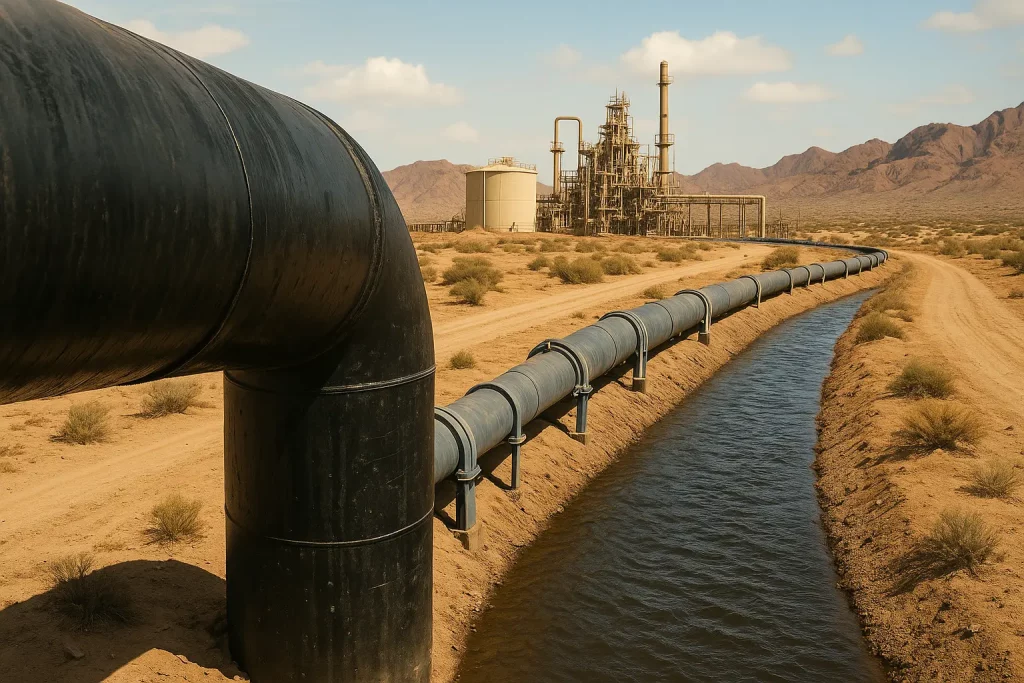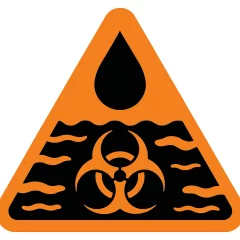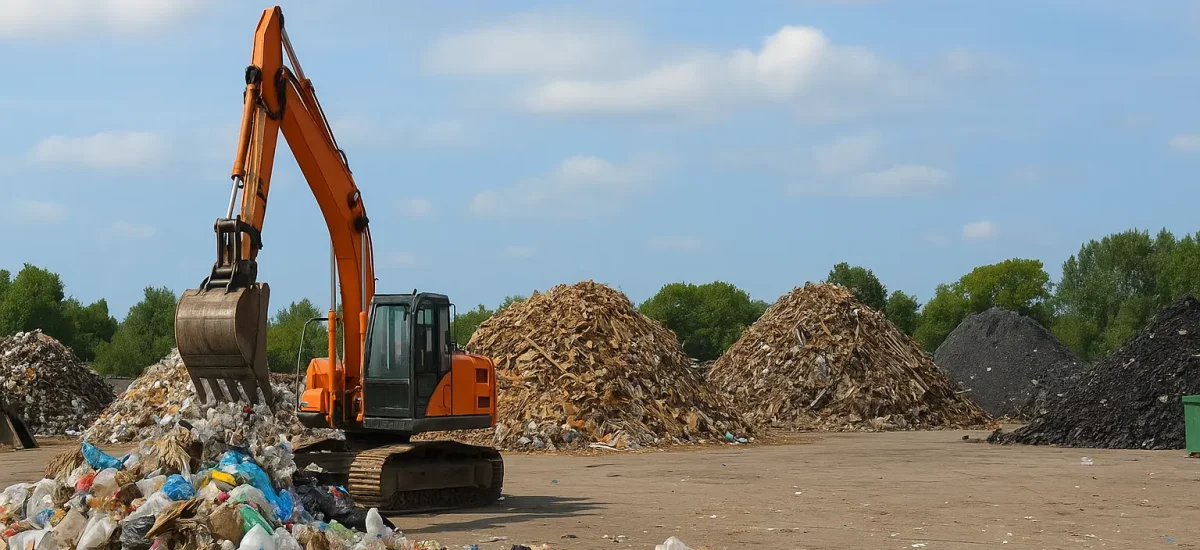
Quick take: It moved coal just fine. It moved too much water. I wouldn’t back it now.
What it was, in plain words
This pipeline mixed ground water with crushed coal. Then it pushed that mix about 270 miles across Arizona to a power plant near the Nevada line. It started in the Black Mesa area, on Navajo and Hopi land. Folks called it the slurry line. The water came from a deep aquifer many families also used for drinking. I’ve put together a fuller, boots-on-the-ground reflection on those years here.
It sounds clever on paper. Coal flows like soup, no big trucks, steady feed to the plant. But water is life here. And we don’t have much.
How I ended up close to it
I’m Kayla. I lived near Second Mesa for a while and worked field gigs around Black Mesa. My aunt kept sheep. I hauled water for her in the back of my old Tacoma. One blue 55-gallon drum. The truck squatted low, and my arms smelled like wet rubber. We filled up at the public spigot in Pinon more times than I can count. Sometimes there was a line, a long one. People shared hoses and stories. Those quick, almost accidental friendships reminded me of how some folks turn to modern sites that specialize in instant, low-pressure connections—Instabang—a platform where adults can cut through the small-town wait time and arrange casual meet-ups in minutes. That same impulse shows up in big cities too; travelers in Paris often browse Doublelist threads for spontaneous company, and this comprehensive Doublelist Paris guide lays out safety pointers, posting tips, and neighborhood intel so users can link up quickly without the guesswork. You know what? Waiting there taught me more about water than any book.
I also tagged along with a hydrology crew for a few weeks. We checked shallow springs and a couple of monitoring wells. The U.S. Geological Survey’s Black Mesa Monitoring Program does the same work but with a lot more instruments and a decades-long dataset. We wrote down levels and temps and took samples. Nothing fancy. Just tape, bucket, and patience.
What worked (yeah, some parts did)
- The pipeline kept coal moving. No endless truck convoys on two-lane roads.
- It brought paychecks. Friends of mine worked at the mine or on maintenance crews.
- Power stayed steady for big cities downriver. Lights on. AC humming in summer.
When it ran, it ran. I remember the steady hum near one old pump site. The ground had this faint buzz. Odd, but true.
What hurt (and it hurt a lot)
- Water drawdowns: Springs got weak. Some wells dropped. Our crew logged lower levels, then lower again during dry spells. It wasn’t just a number on a page. It was a dry faucet on a hot day.
- Culture and trust: Those springs are more than taps. People pray there. Kids play there. When a spring fades, a story fades too. For a broader historical look, see this analysis of the Black Mesa controversy.
- Taste change: My aunt swore the water got “harder.” My kettle crusted white fast. Tea tasted flat. Small thing? Maybe. But small things add up when it’s your only water.
- Hauling, hauling, hauling: All those miles with that blue drum. Three trips a week during lambing. Gas isn’t cheap. Time isn’t either.
For a deeper dive into how slurry pipelines can jeopardize water security, see the case studies compiled by Sludge Safety. You can also read an on-the-ground perspective from someone who’s walked the berms of a coal slurry pond.
Here’s the thing: coal is replaceable. That aquifer isn’t, not in any quick way.
One day I can’t forget
It was July. Heat pressed like a hand on your neck. I reached the spigot at Pinon, and it sputtered. Folks went quiet, then stared at the ground, then at the sky, like a joke might fall out of a cloud. After a pause, it caught and flowed. Everyone clapped. We laughed, but it was a tight laugh. That’s a scary kind of wait.
After the shutdown
When the plant closed and the slurry stopped, some spots did better. Not all, but some. A trickle near my cousin’s sheep camp thickened again a couple summers later. Kids splashed and made boats from bark. It wasn’t a flood, not by a mile. But hope likes any stream it can find.
Still, you can see scars. A straight cut across the land. Bare stripes where crews cleared, then cleared again. Grass fights back, slow and stubborn.
If you asked me how to build something like this now
Honestly? I wouldn’t do it here. Not with precious drinking water. If someone insisted, I’d say:
- Use reclaimed water from cities, not a deep aquifer.
- Get true consent from the tribes. Real meetings. Real power to say no.
- Pay for home water tanks, taps, and truck fuel for families nearby. Not as a gift— as the cost of the project.
- Share data live. Sensors, public dashboards, text alerts when levels dip.
- Plan for the long dry years, not just the wet ones. Because dry comes back.
Who this is for (and who it isn’t)
- For: people chasing fast coal logistics and cheap power, who think water is easy to replace.
- Not for: desert communities, small ranchers, and anyone who lives by springs and wells.
The practical ups and downs
Pros:
- Moved coal smoothly and cut truck traffic
- Created jobs and steady plant feed
Cons:
- Used drinking water in a dry place
- Hurt springs and trust
- Left long-term worries about the aquifer
My verdict
I give the Arizona coal slurry pipeline water project 2 out of 5. It did its job, sure. But the cost landed on folks who had the least cushion. If you love this land, you guard its water first. Everything else comes second.
Would I support it today? No. Not here. Not with this water.
— Kayla Sox

